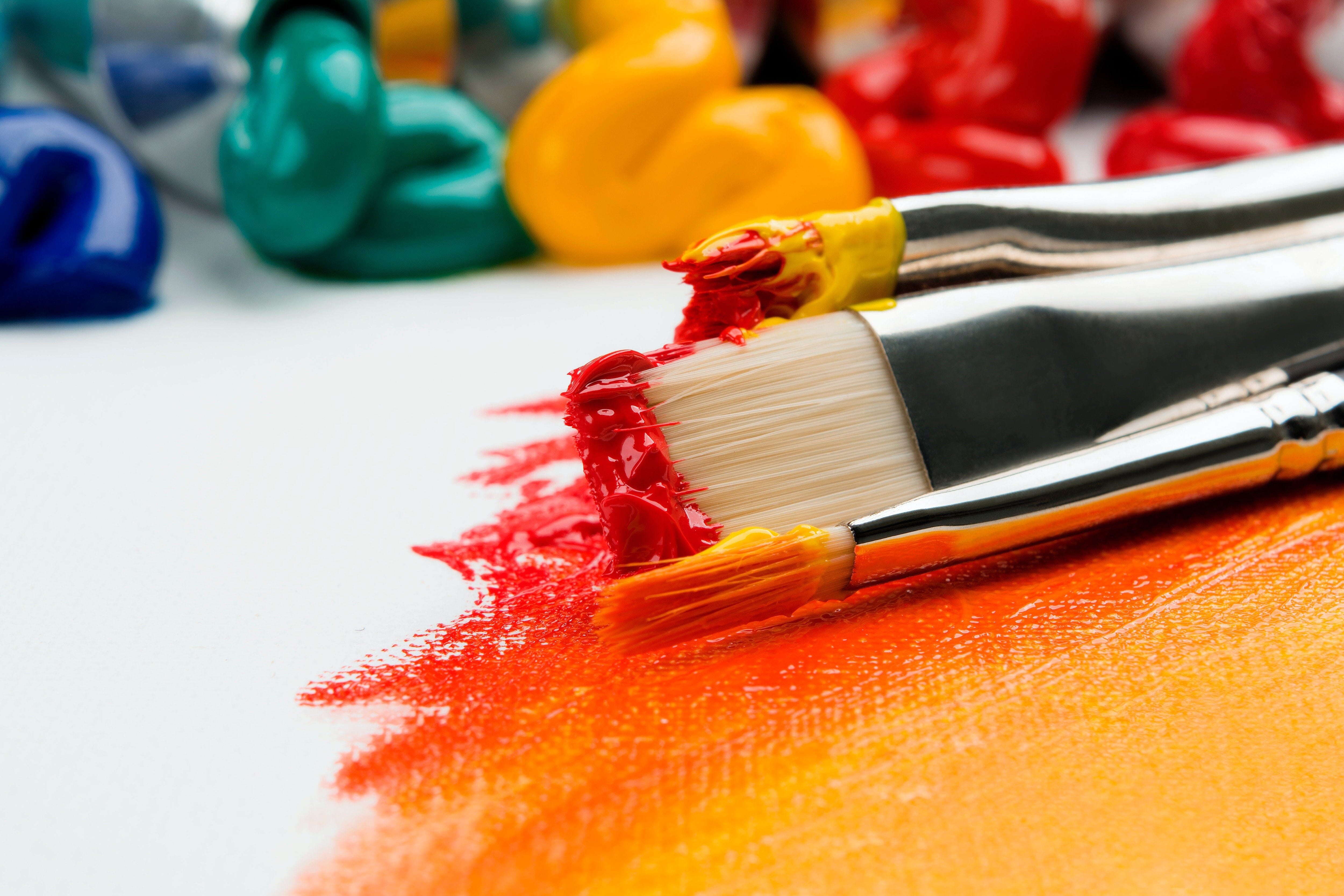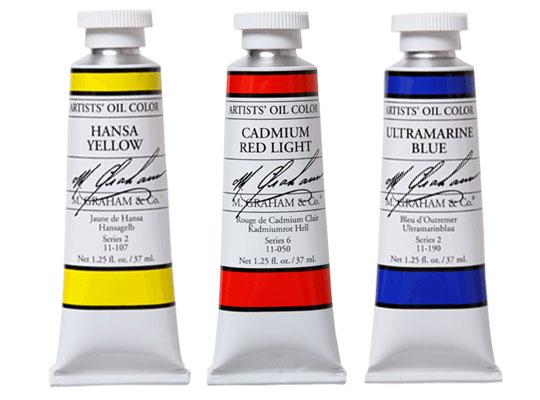Mask-making is something that truly anyone, of any age or skill level can accomplish and feel good about.
Masks have been used since antiquity for reasons like protection, disguise, entertainment, storytelling, or for spiritual purposes. A mask is something that is normally worn on the face, transforming the wearer and allowing the viewer's imagination to soar. Masks are the perfect blend of art & craft, form & function.
For more information about masks, check out this educational colouring book - North American First Nations Masks,
For this D.I.Y. project, six Cowan's staff members of varying artistic comfort levels each chose a mask blank (either quarter-mask, half-mask, or full-mask) to take home and decorate.
Mask #1- Collage & Washi Tape
- created by Annette


Materials Used:
- Japanese Paper Watermark Tissue Pack
- Art Advantage Gesso
- Acrilex Acrylic Gloss Gel
- Golden Heavy Body Iridescent Pearl Fine
- Paint brush
- Wash Tape
- Plastic Half Mask
Steps:
- Using a paint brush, apply gesso to the mask, and allow to dry
- Begin applying pieces of torn tissue paper using the gel medium as glue, and smooth the tissue down with the paint brush and your fingers
- Using the brush, apply a layer of Iridescent Pearl acrylic paint over the paper
- Once dry, strips of washi tape can be added for extra detail
Mask #2 - Googly Eyes & Feathers
- created by Catherine

- Pulp Half Mask
- Art Advantage Acrylic Titianium White
- Pritt glue stick
- Cool Shot Low Temp Glue Gun
- Elmers Googly Eyes
- Elmers Feathers
- paint brush

Steps:
- Using the paint brush, paint Titanium White on the bridge of the nose
- Once dry, apply googly eyes to the mask using the Pritt glue stick
- Once dry, apply feathers using the glue gun, adding googly eyes where necessary to hide hot glue spots
- To attach the mask to your face, thread string, elastic or ribbon through the provided holes at the edge of the mask
Mask #3 - Papier Mache Osprey
- created by Karen


Materials Used:
- Pulp Half Mask
- an old phone book
- white flour
- water & bowl (not pictured)
- Acrilex Acrylic Matte Medium
- assorted colours of acrylic paints
- masking tape (not pictured)
Steps:
- Using the phone book cover, cut out a beak shape
- Using masking tape, affix the beak to the mask blank like so...

- Fill the beak with crumpled paper to keep it structurally sound during the papier mache process
- Add flour, acrylic medium, and a teensy bit of water to a bowl and mix until it achieves a thick gooey consistency
- Dip strips of paper into the goo and using your hands, begin layering and smoothing out paper strips on the mask blank

- Continue until the mask is covered. Allow to dry for a full 24 hours
- Paint as desired using acrylic paints
Mask #4 - Plaster Gauze Rabbit
- created by Jasmine

Materials Used:
- Cloth Quarter Mask
- Plaster Gauze Roll
- Golden Coarse Molding Paste
- Golden Soft Gel Semi Gloss
- Golden Heavy Gel
- tinfoil (not pictured)
- assorted colours of acrylic paints

Steps:
- Cut the plaster gauze into manageable strips and have a bowl of warm water nearby.
- Form the ears and muzzle out of tinfoil and tack them in place with school glue, masking tape or just hold them in place with your fingers. To create volume in specific areas (such as the nose and muzzle), crumple the tinfoil
- Dip the gauze strips in the water and begin smoothing them onto the mask using your hands, working up the ears and over the muzzle area. Once covered, allow to dry for 24-48 hours (depending on the thickness of the plaster gauze layer)
- Once dry, apply Golden Coarse Molding Paste to even out the texture. The Coarse Molding Paste also give the surface an appearance of fur. Allow to dry 12-24 hours
- Golden Soft Gel was used inside the ears to make them glossy and smooth, and the bunny nose was sculpted with Golden Heavy Gel (which holds deep texture and sharp edges). Allow to dry 12-24 hours
- Paint as desired using acrylic paints
Mask #5 - Forest Nymph Mask
- created by Kass

Materials Used:
- Cloth Quarter Mask
- Low temp Glue Gun & Glue sticks
- assorted bits of forest moss, lichen, twigs etc (not pictured)

Steps:
- collect bits of natural and interesting materials from the forest or roadside. Shells, flowers, pebbles and seed pods could be used as well.
- Apply dabs of hot glue to the mask and gently press the forest bits into the warm glue. For a seamless look, start filling in a small area and work outwards
x
Mask #6 - Painted Mask
- created by Mishka
Materials Used:

- Pulp Full Face Mask
- Art Advantage Gesso
- Golden High Flow Acrylics
- paint brush (not pictured)

Steps:
- To even the texture of the mask, paint the entire mask with gesso. Let dry, and apply a second coat
- Using Golden High Flow acrylics, paint as desired. Allow paints to dry for an hour or two between coats. (This mask is "No Face", a character from the anime Spirited Away)
We hope this was inspiring!





